|
It might have passed you by, but I'm a big fan of street art. It's for that very reason that I’m always on a constant lookout for interesting street artwork. What I love most about searching for street art isn’t just finding beautiful murals, but it’s the journey to seek them out. It takes you to places you wouldn’t normally visit; down backstreets and alleyways etc. I think it’s a fantastic way of getting to know a new place. In the end, I always use street art as a landmark to navigate my way around. The street art in Singapore that I’m going to introduce today has a noble cause in itself — it is meant for people who are suffering from dementia or Alzheimer's Disease. People with dementia will wander. People with dementia may not remember his or her name or address, and often experience problems with orientation, which cause difficulties in finding their way back home. Wandering among people with dementia is dangerous, but there are strategies and services to help prevent it. Wayfinding helps people with dementia move independently from one spot to another. It refers to ‘what people see, what they think about and what they do when finding their way from one place to another’. Several HDB blocks along Ang Mo Kio Avenue 4 have been embellished with murals of kueh kueh, satay, a tingkat and more. Everything — from the size of the murals (big, so residents can spot them from afar) to the mural subjects (traditional because these resonate with those living with dementia) to even the locations of the mural (just one or two at strategic locations instead of painting every other wall) — they are part of a dementia wayfinding project done by the Alzheimer's Disease Association (ADA) in consultation with caregivers of patients who are living with early onset dementia, so as to remain sensitive to the needs of this group of residents. The murals featured familiar, retro items to aid persons living with dementia and the elderly with difficulties in wayfinding, particularly at void decks, in easily recognising their surroundings and finding their way home. As mentioned earlier, in order to build this precinct to be a more inclusive, dementia-friendly community, this Wayfinding Project seeks to create easily recognisable and retro images which help the elderly and people with dementia find the way around the neighbourhood, and back home again. To many Singaporeans especially the older generations, a tingkat carrier holds more than food, but a reservoir of memories. Some of us grew up alongside these tiered metal containers, and might remember their regular appearance at every picnic, social potluck gathering, or it even being used as an upsized lunchbox in school. Others might associate it with the Peranakan culture or view it as a relic of Singapore’s past. I hope the residents who are suffering from dementia would find these rose vintage thermos flasks closer to their hearts, while searching their way home. In the olden days, each kampung home would have a thermos flask, and some would bring it along to school or work with a lunchbox. Nowadays, some collectors use thermos bottles for what they are intended to be used for — on the go, on a road trip or for a vintage style picnic. How many of you are still using this bowl at home? The colourful painting of the rooster on a bowl is well-loved and evokes fond memories of delicious food from the past. As Singaporeans especially the elders, the rooster bowls at food stalls might be a familiar sight. The bowl is often used to serve both rice and noodles dishes. In the old days, rooster bowls were sold for only ten cents a piece. Thus, they were very common in every household. They would also use these bowls to serve their guests as means of wishing them prosperity and good fortune. Many old folks spend a lot time at the coffeeshop in the morning, for hours at a time. It's an usual sight at the neighbourhood coffeeshop. This has almost become a daily routine: They meet for breakfast at 8+am every day and stay on to chat about their lives, talking about anything from the vegetables they are going to get, to catching up on the lives of their children and grandchildren. Their almost empty cups of coffee are already pushed towards the middle of the table, and some of the cups has coffee stains that had already started to dry up on the sides of the cup. Old folks love to eat satay that is being served in the old fashioned way. In the olden days, time was when you didn't even have to call out your order of satay. Instead, you'll just find a seat and the satay man would grill an assortment of bamboo sticks, threaded with chicken, beef or mutton, which he placed on a communal platter for you to help yourself to. You shared a table with strangers, sitting companionably side by side on low stools. And you paid only for the sticks you took, with the satay man counting the sticks left behind by your plate to tote up your bill. This unique kueh is well-loved by young and old, especially the older folks because it’s comfort food that reminds them of history. The 9-Layer Kueh represents life, and the different colours represent different phases of one’s life. Many people enjoy peeling and eating it layer by layer to savour the rich flavour of the kueh. Also whenever we do so, it is as if we are reliving each moment, happy and sad. All the good and bad memories together become a beautiful rainbow - much like the 9-Layer Kueh. We peel and eat it layer by layer to enjoy a long life. I hope the mural of the 9-Layer Kueh can help the residents suffering from dementia to find their way back home safely. Many people love the oval colourful sticky kuehs, or Ang Ku Kueh. Traditionally used as temple offerings or as a gift during full month celebrations for babies, ang ku kueh is also consumed as a snack, albeit more commonly by older folks. Actually many of us grew up eating Ang Ku Kueh, just that we don't eat it as much as often after we started our worklife. So when I see it now, it always brings back to many childhood memories I had. Homemade tang yuan is an age-old dish loved by everyone. Evocative of festive dinners with the family, these luscious glutinous rice balls will surely guide ah ma or ah gong back home easily. The iconic White Rabbit candies, for example, are reminiscent of many Singaporeans’ childhoods, young and old. Besides bringing back fond memories, they’ll likely help elderly residents living at this block find their way home too. The endeavour saw close cooperation between the Alzheimer's Disease Association and the people with dementia, who chose the images to be painted and provided advice on the locations in which to place the paintings. The use of vivid colour coding in these murals can improve short-term memory and improve ability. Older people find it increasingly hard to distinguish colours on the basis of hue and lightness, so colour choice is important if cues are to be read appropriately.
The artistic Wayfinding Project was recently completed in March 2020 and it still remains to be seen if it is effective in helping the residents who are living with dementia, which i certainly hope it does. Check out the murals the next time you are in the neighbourhood !
3 Comments
Girish Vikas Naik
11/10/2020 08:00:03 pm
Another lovely piece. Went there yesterday.
Reply
Jennifer Teo
12/10/2020 09:41:36 am
Glad that you enjoyed the pieces there !
Reply
Leave a Reply. |
Author
|

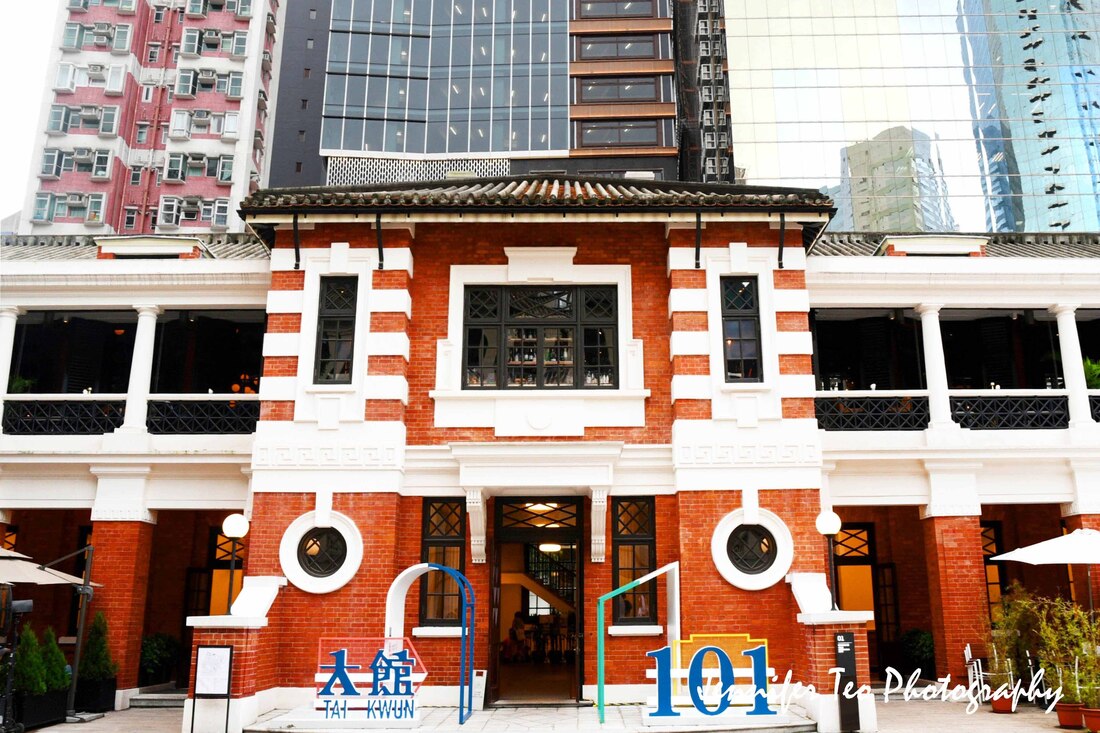
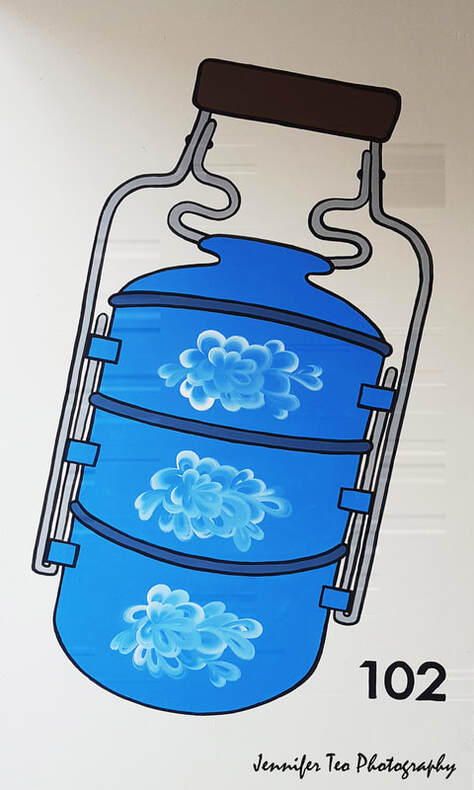
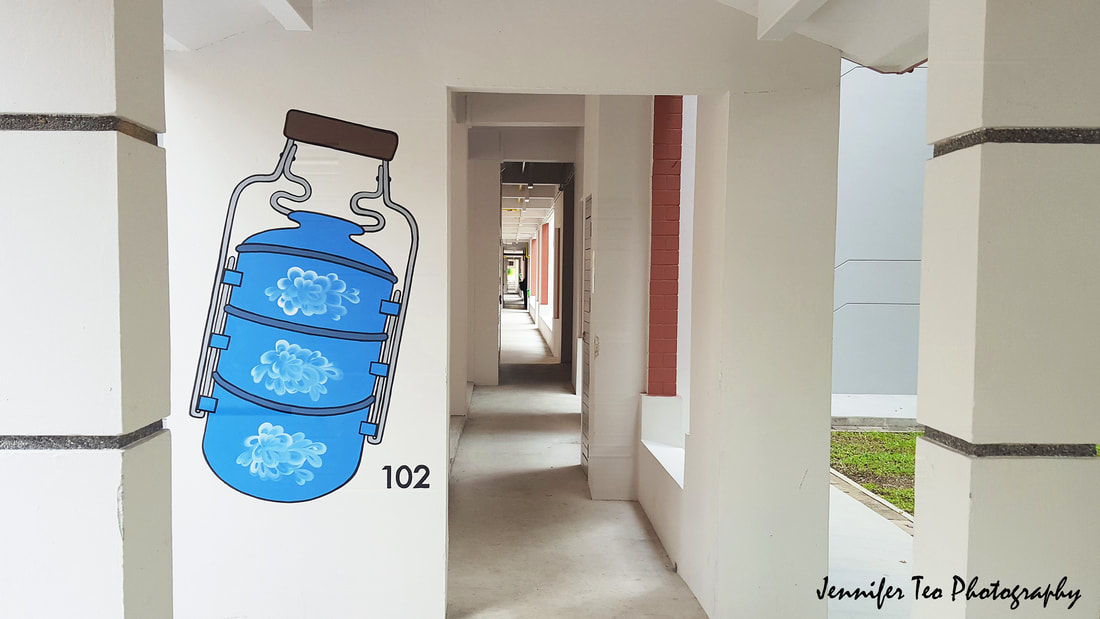
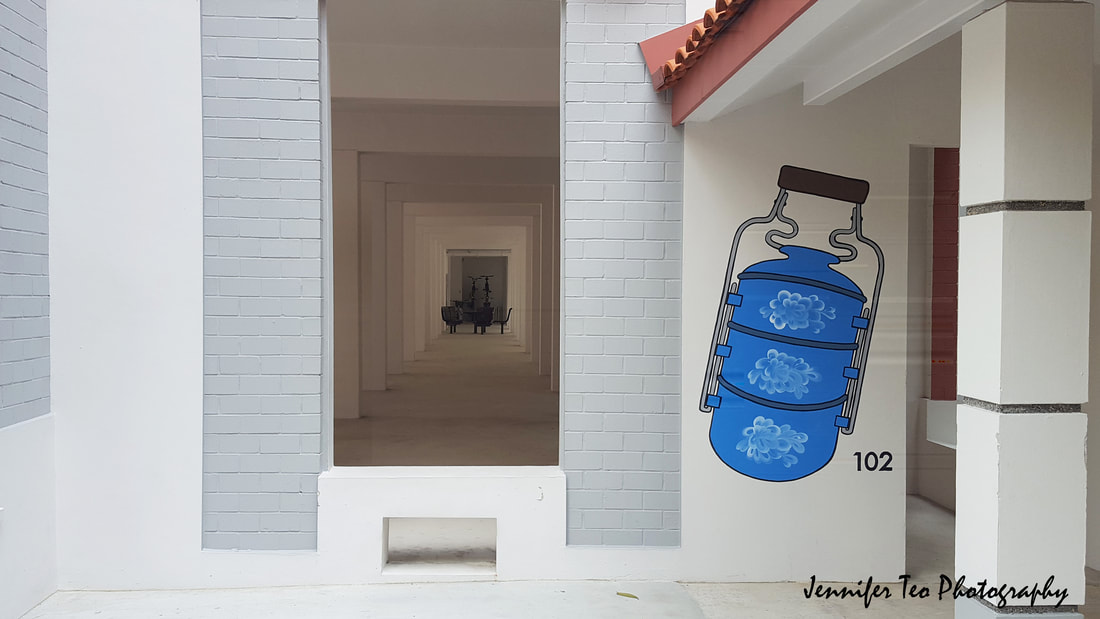
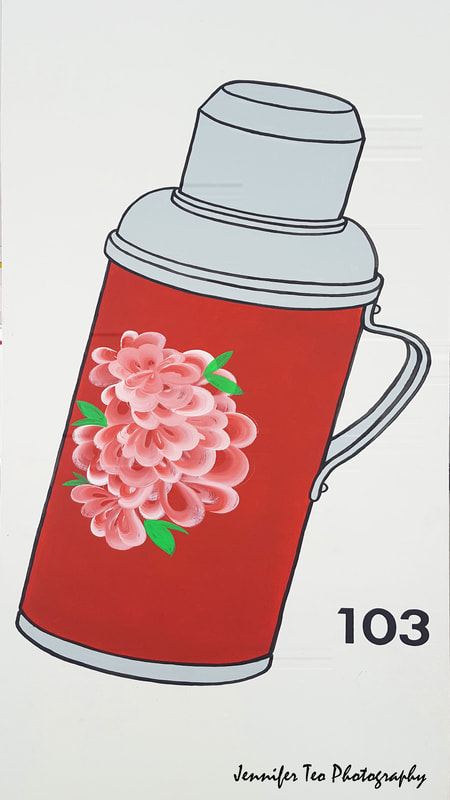
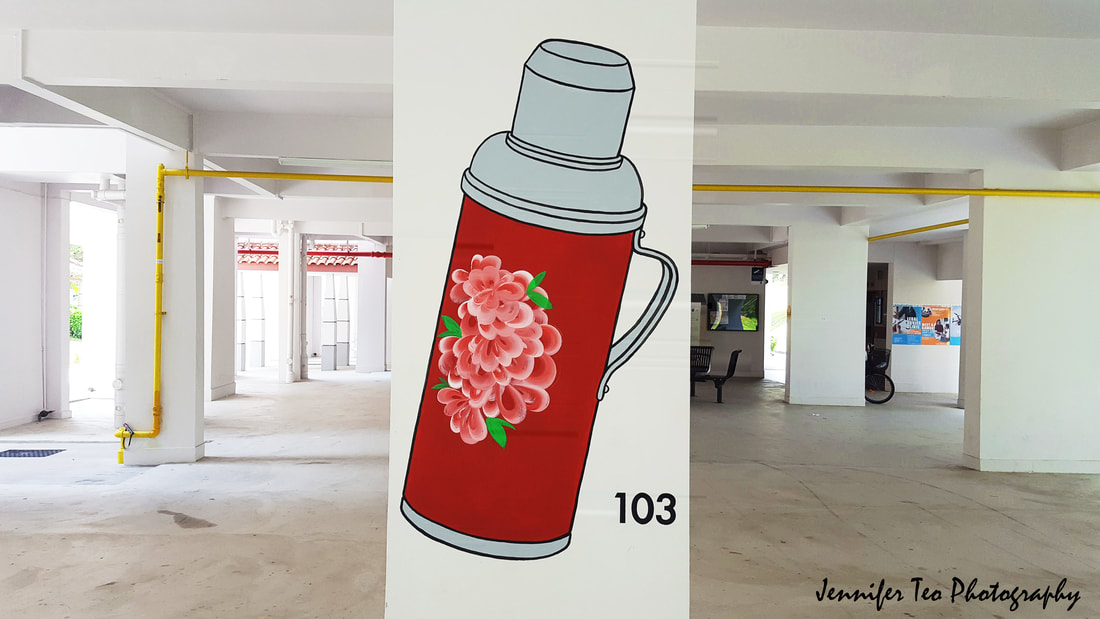
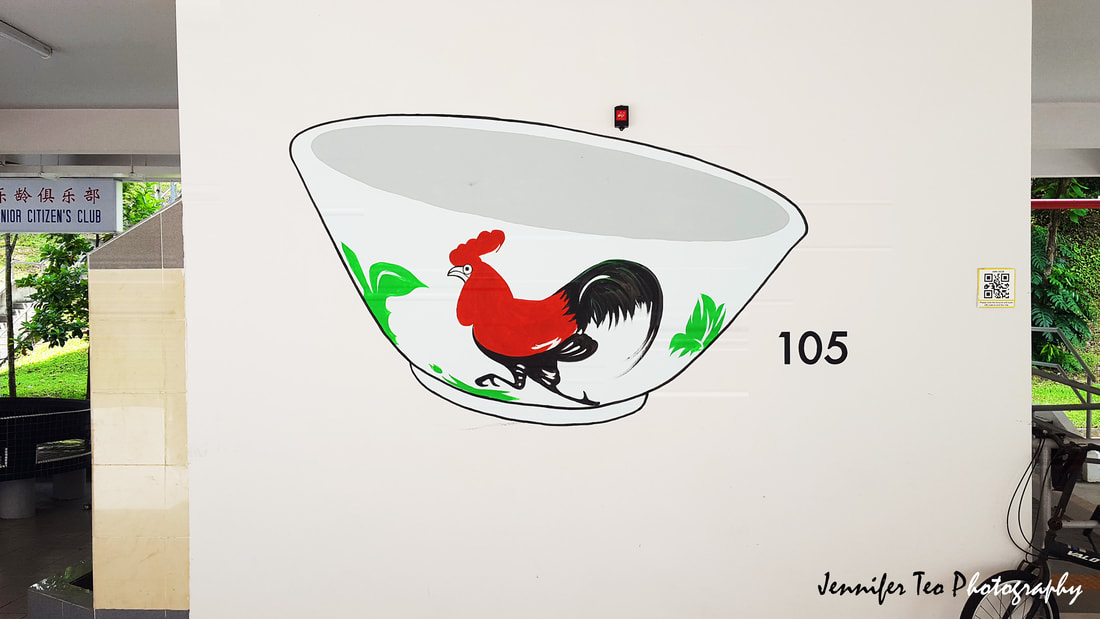
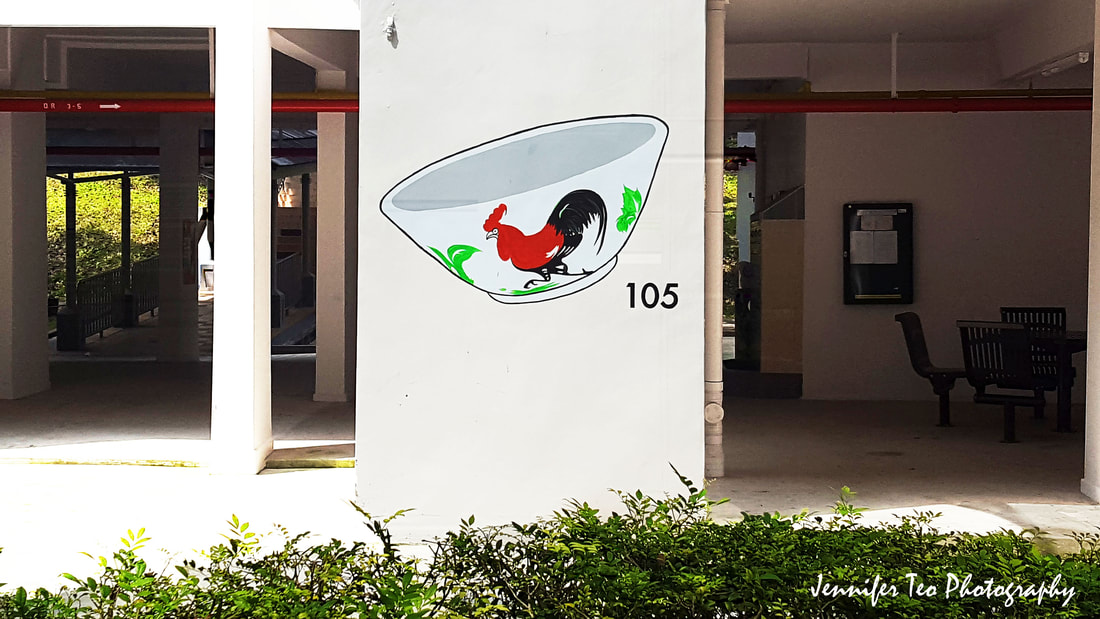
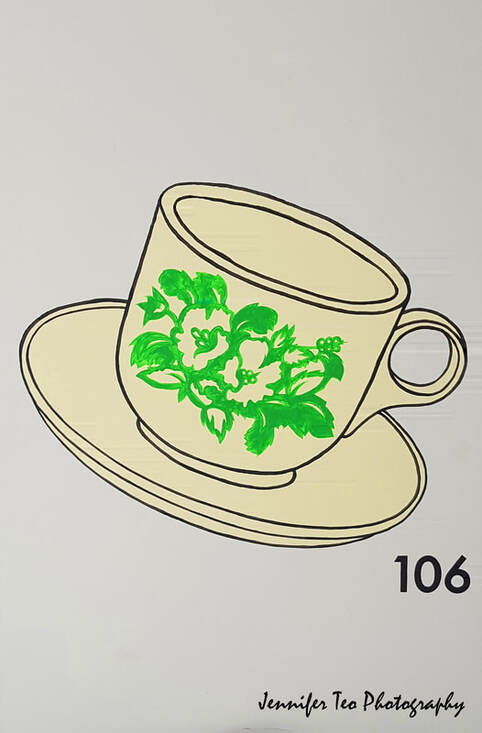
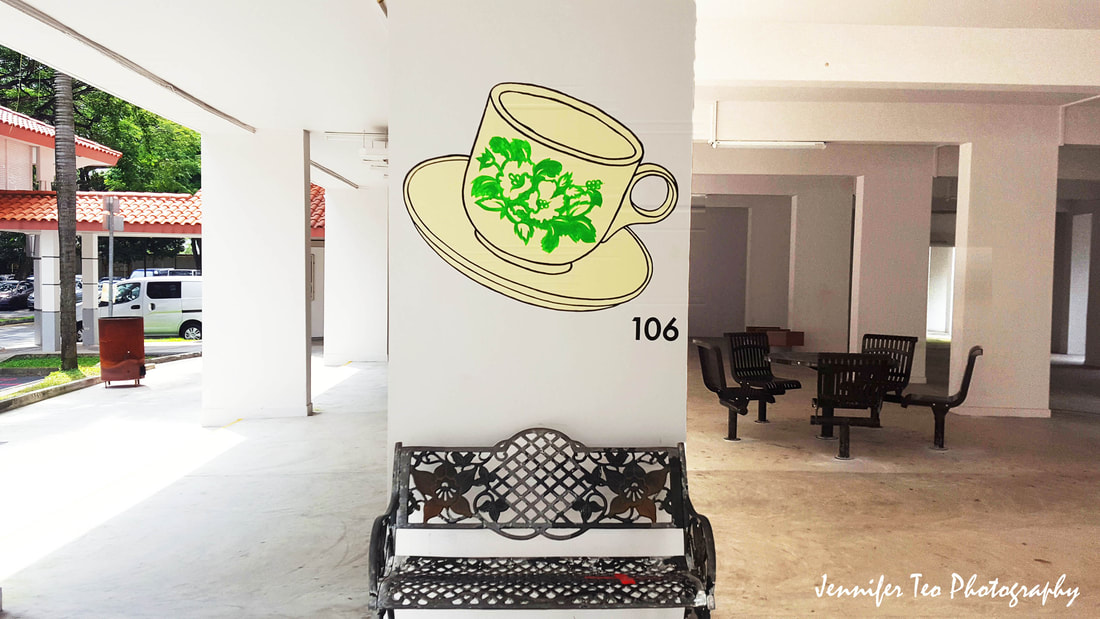
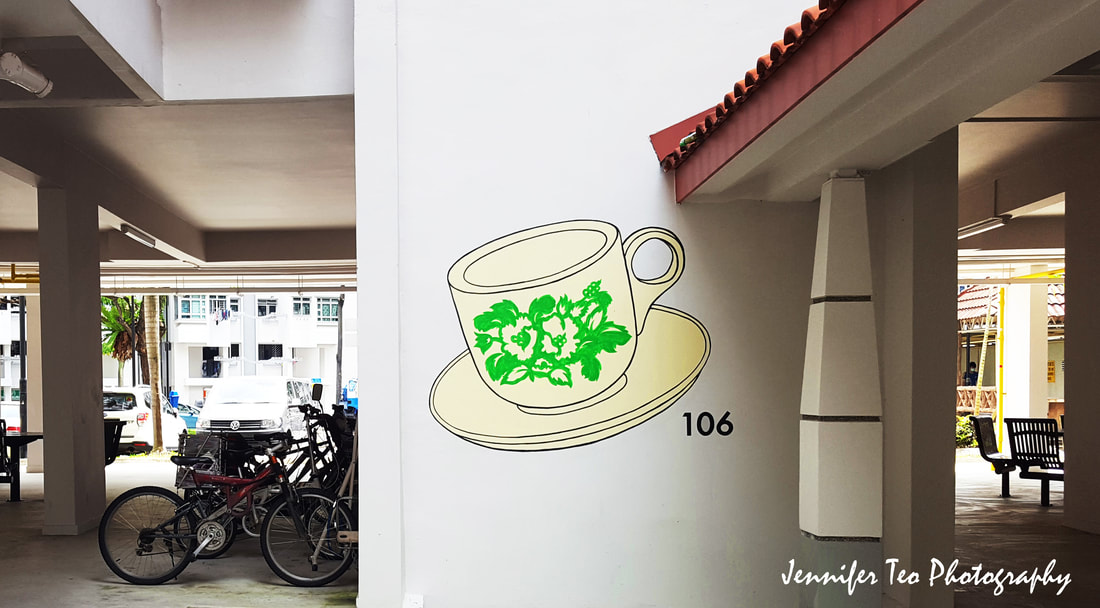
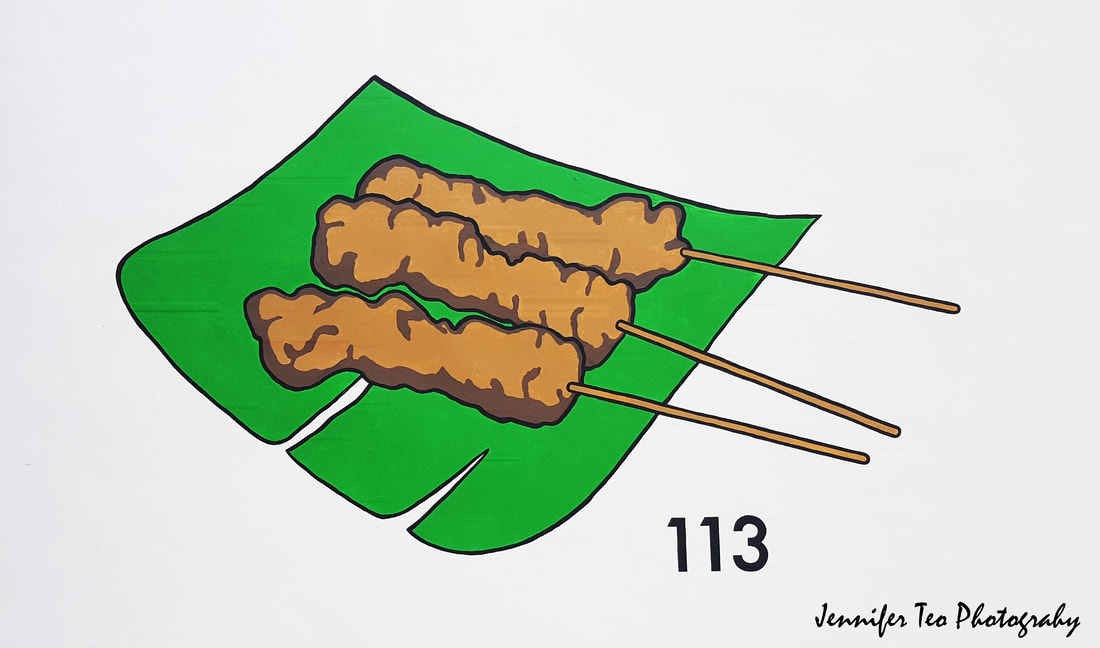
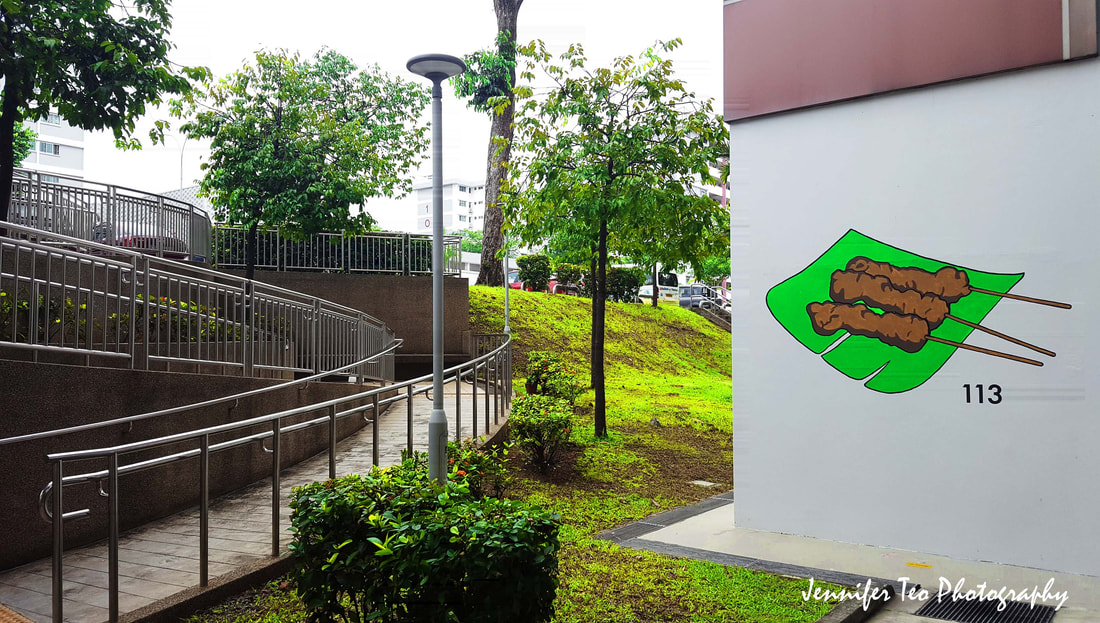
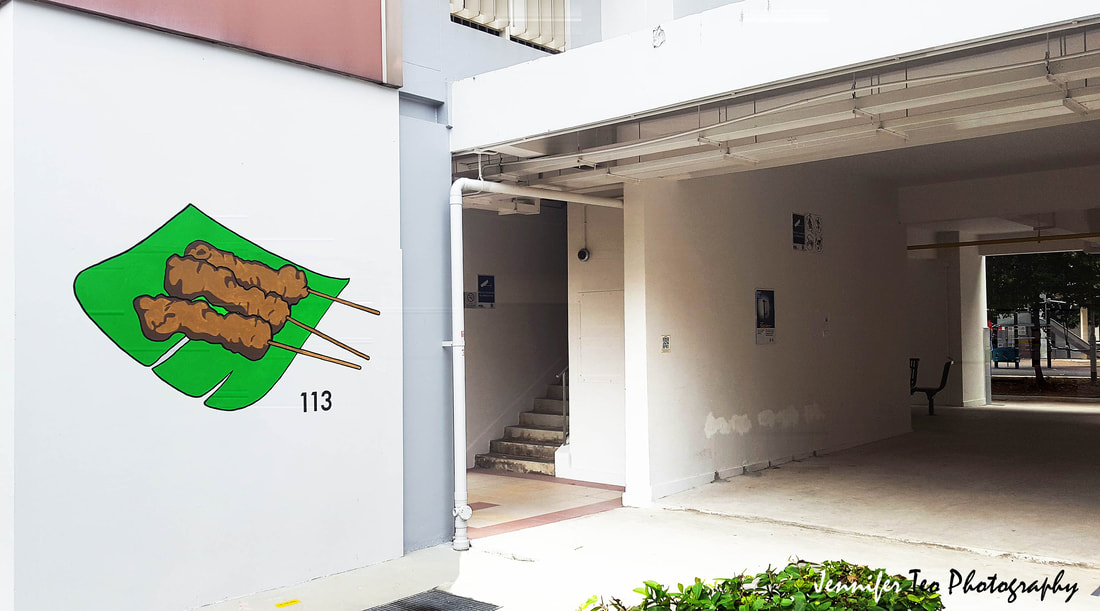
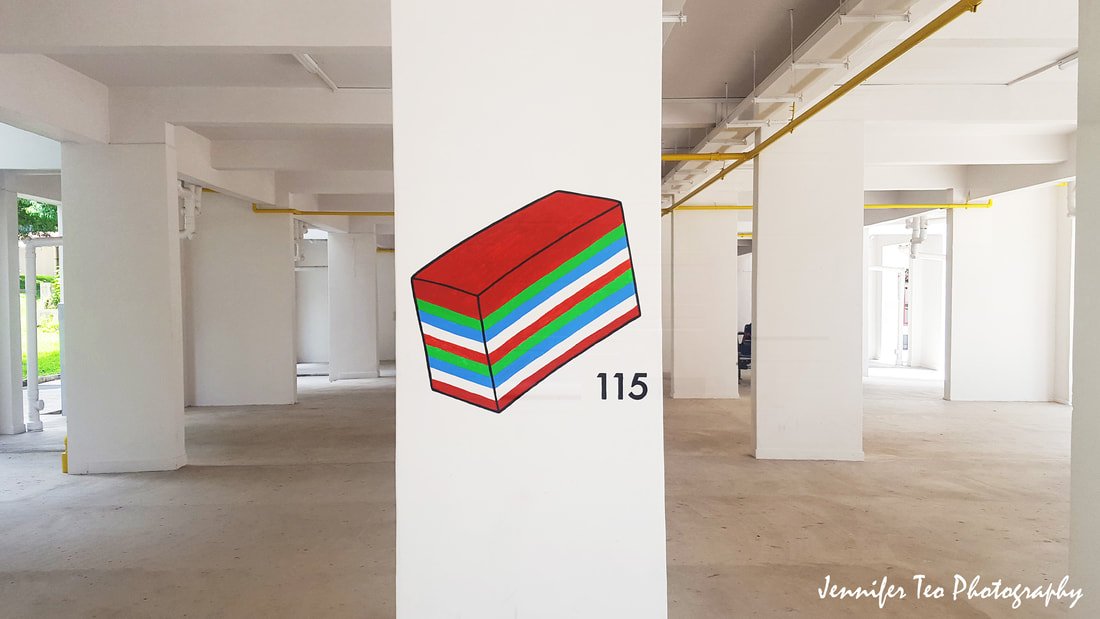
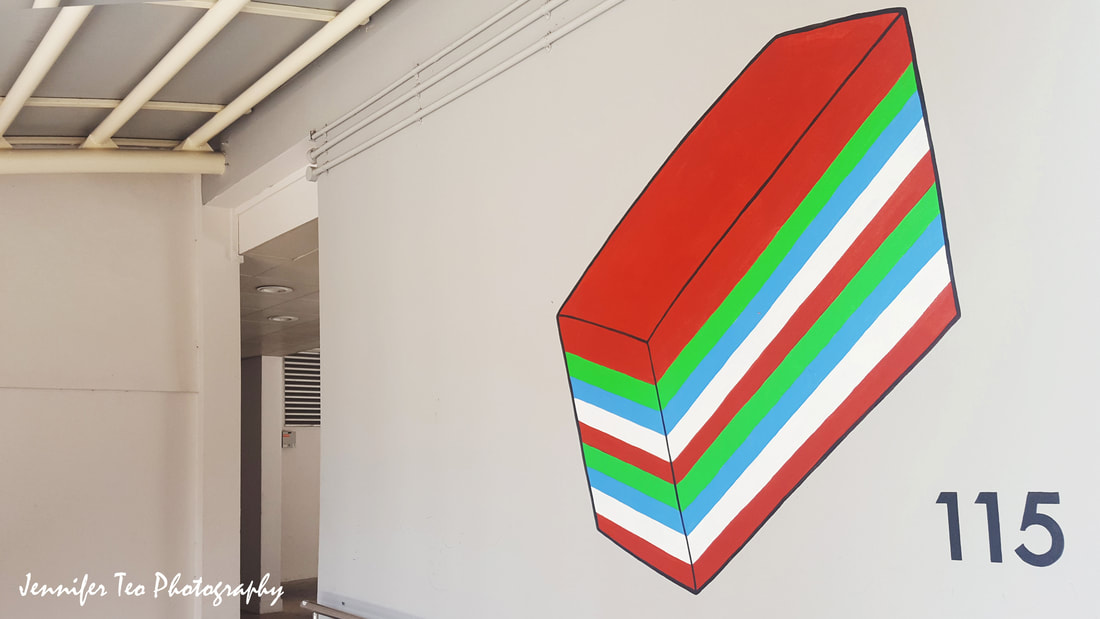
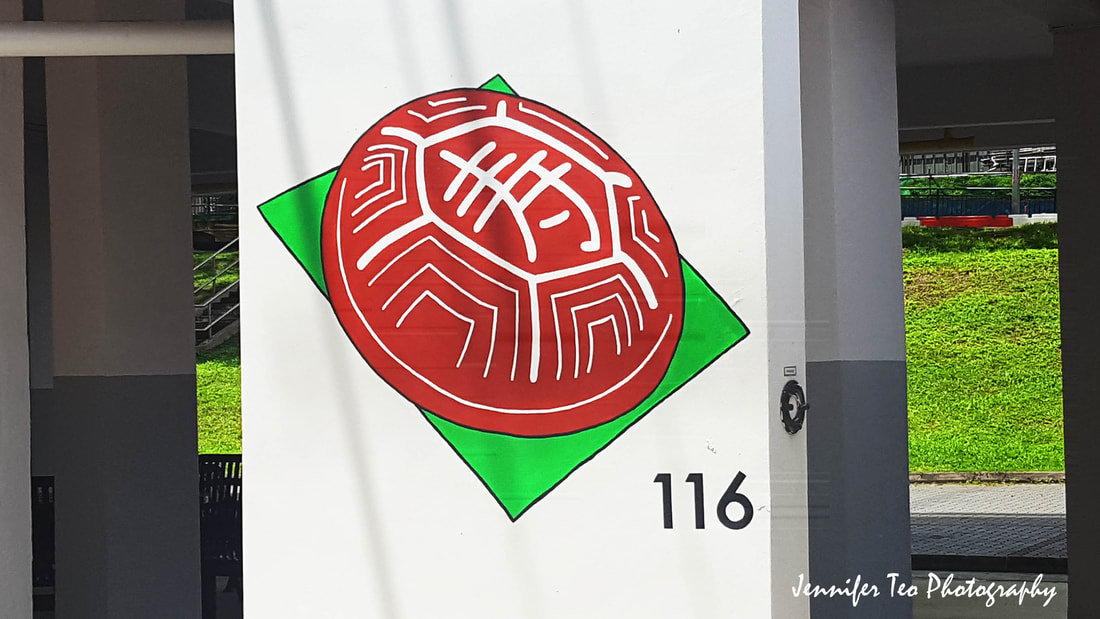
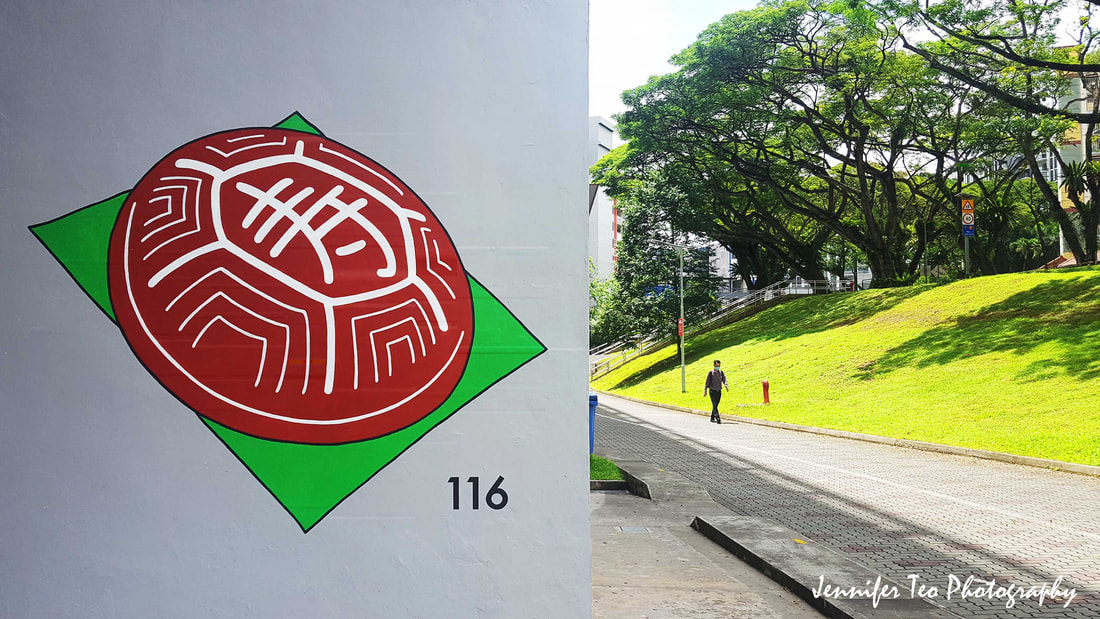
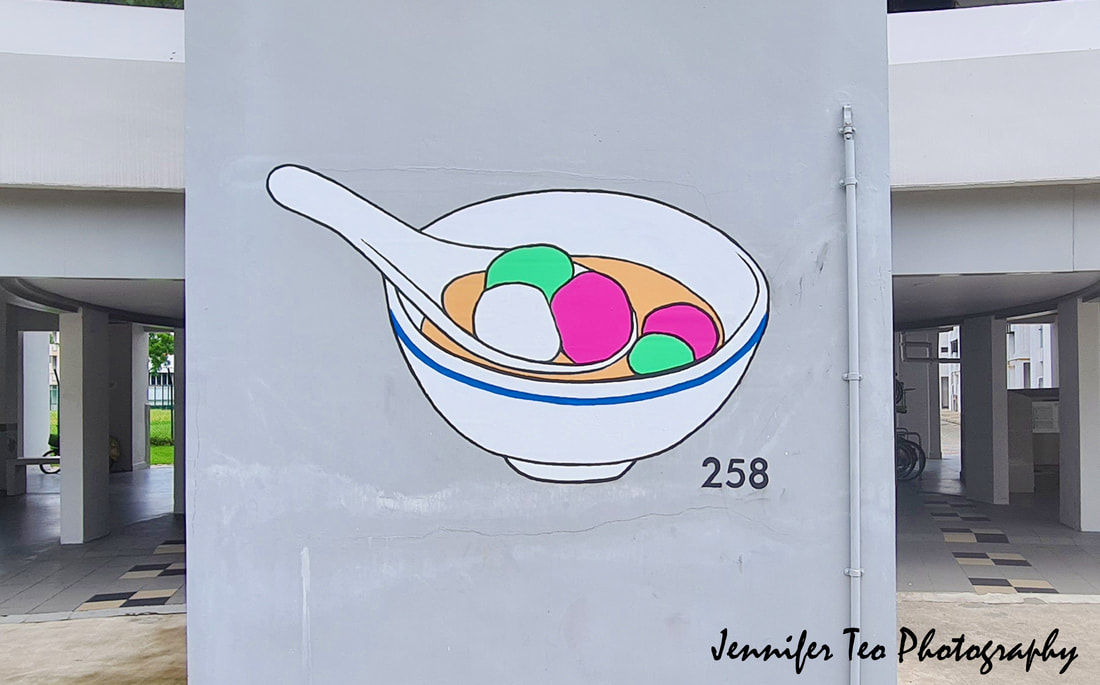
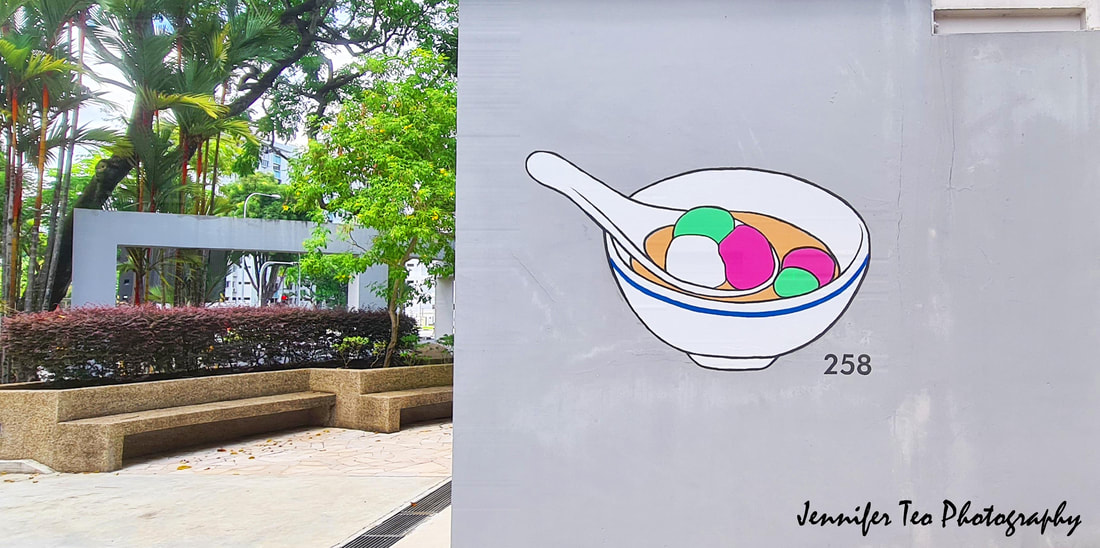
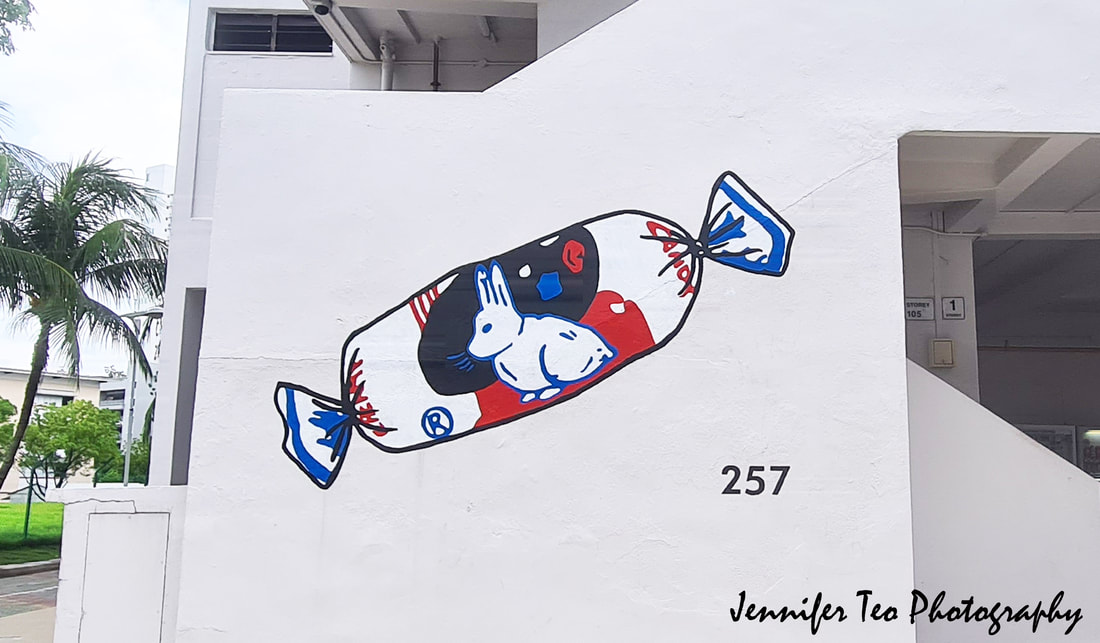
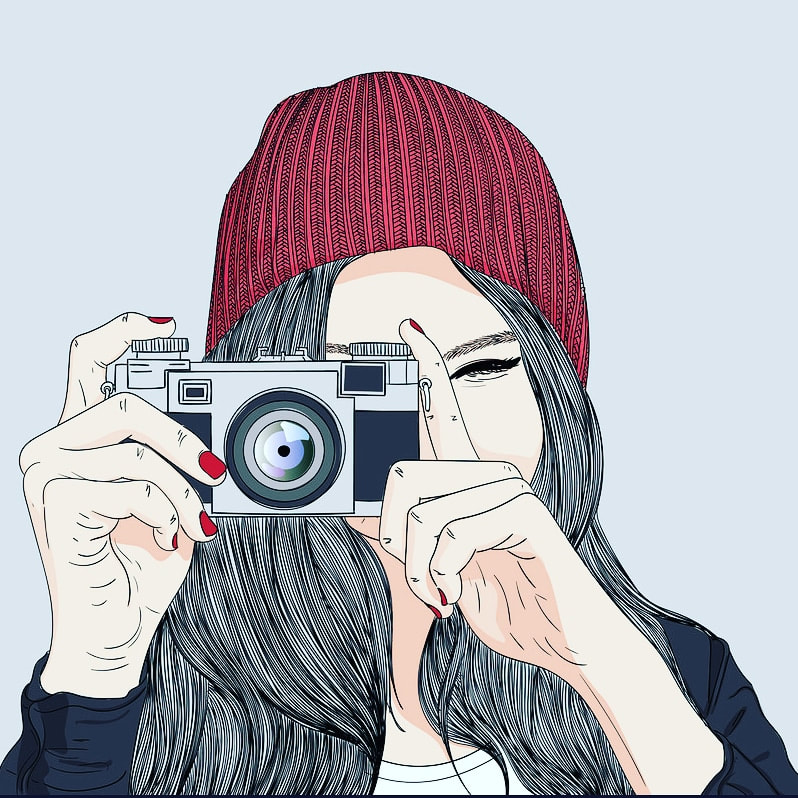
 RSS Feed
RSS Feed






